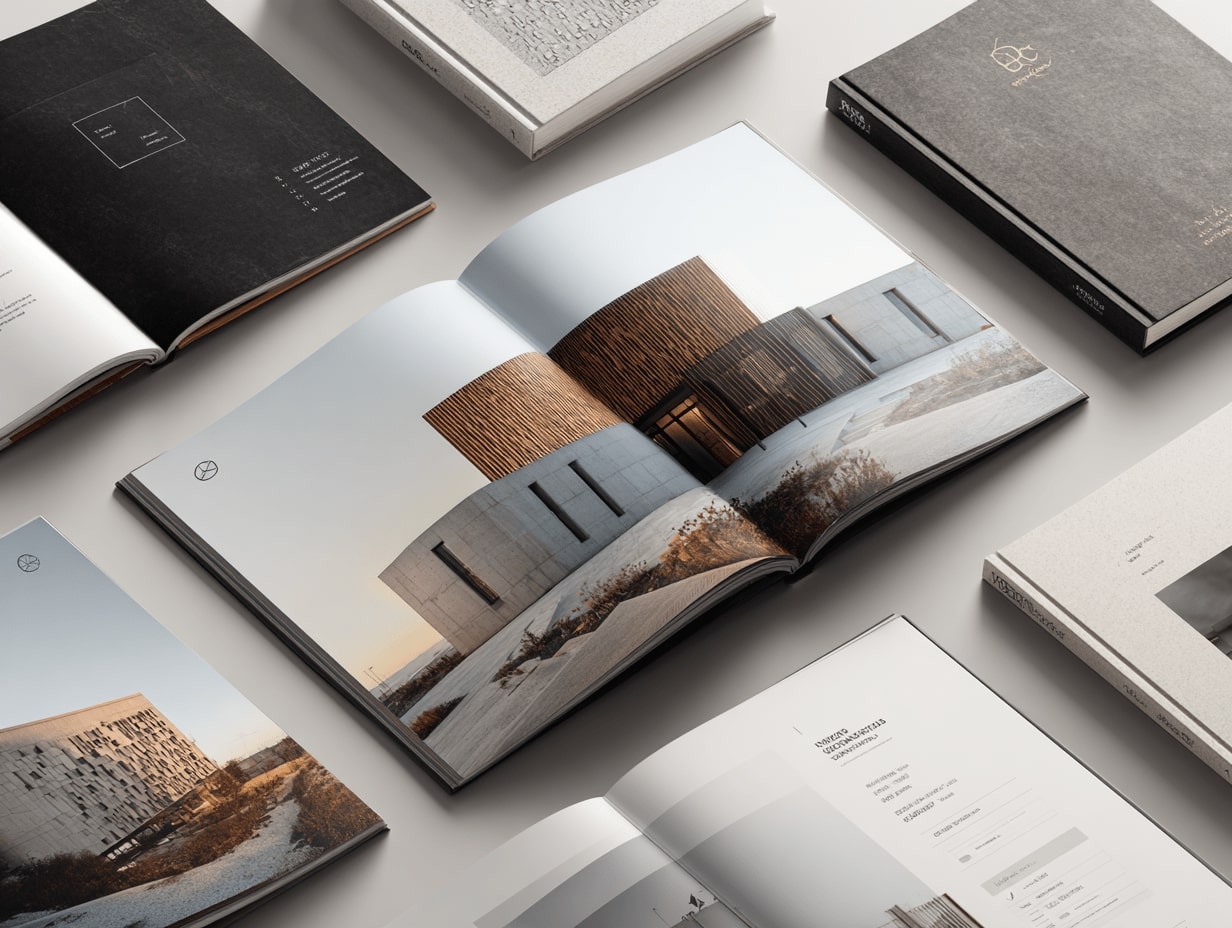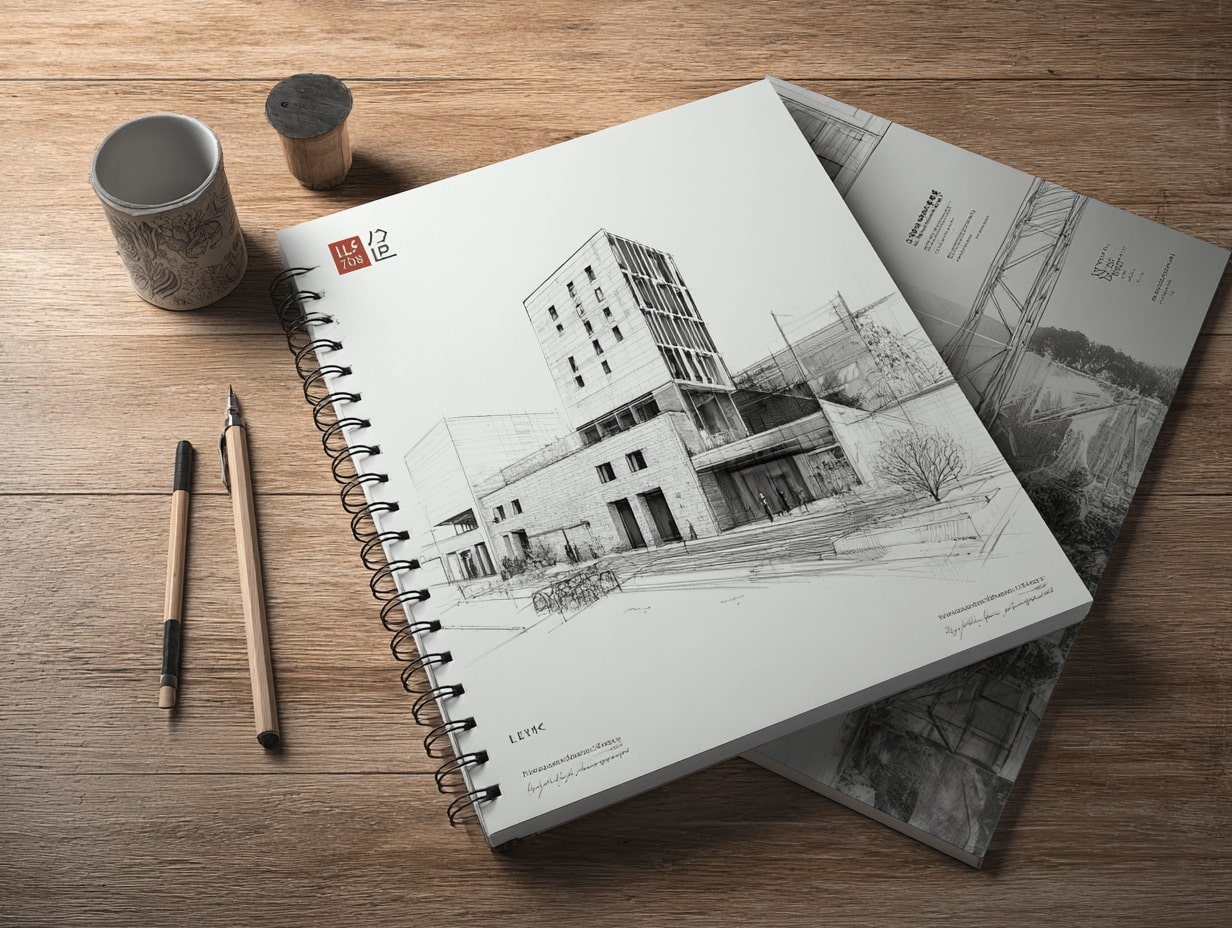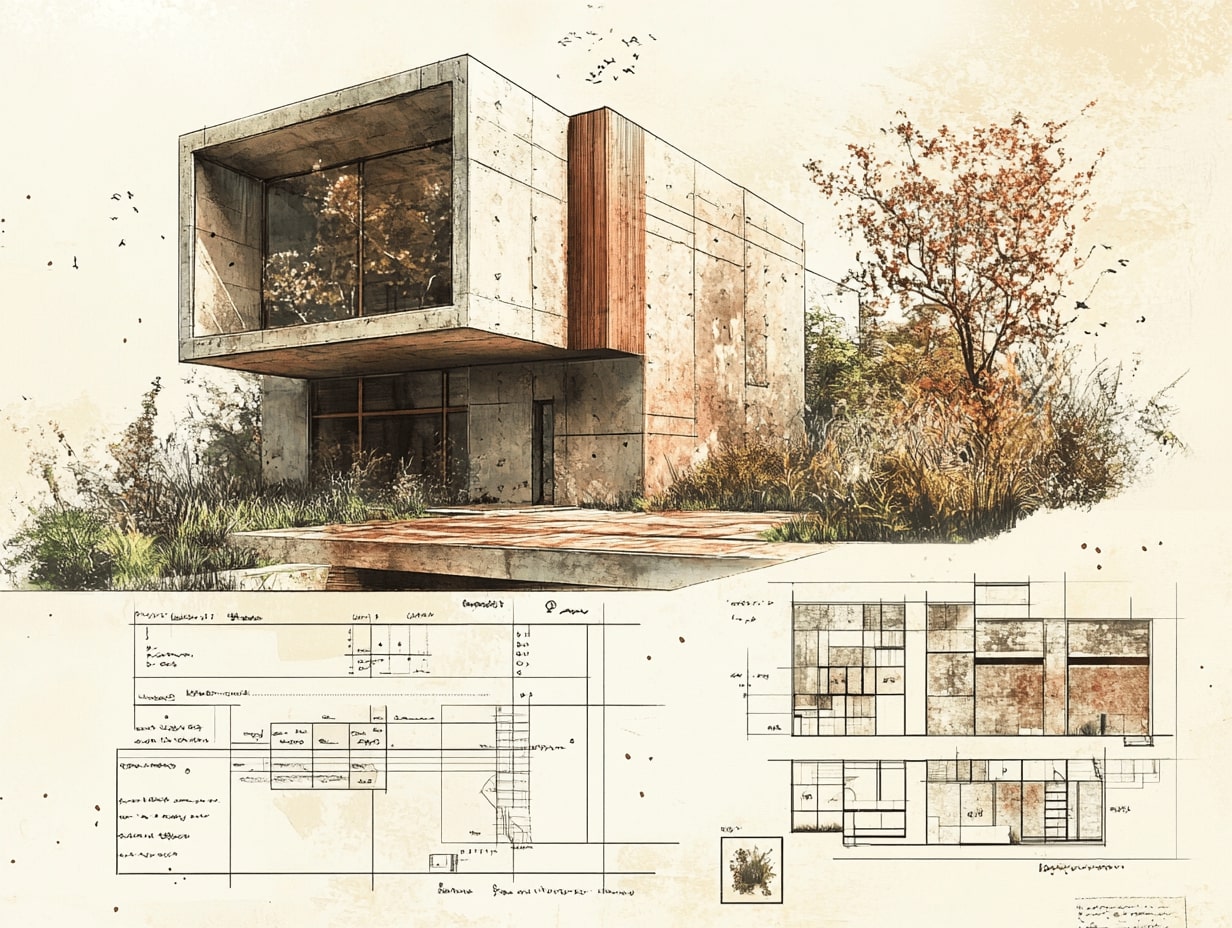- Home
- Articles
- Architectural Portfolio
- Architectral Presentation
- Inspirational Stories
- Architecture News
- Visualization
- BIM Industry
- Facade Design
- Parametric Design
- Career
- Landscape Architecture
- Construction
- Artificial Intelligence
- Sketching
- Design Softwares
- Diagrams
- Writing
- Architectural Tips
- Sustainability
- Courses
- Concept
- Technology
- History & Heritage
- Future of Architecture
- Guides & How-To
- Art & Culture
- Projects
- Interior Design
- Competitions
- Jobs
- Store
- Tools
- More
- Home
- Articles
- Architectural Portfolio
- Architectral Presentation
- Inspirational Stories
- Architecture News
- Visualization
- BIM Industry
- Facade Design
- Parametric Design
- Career
- Landscape Architecture
- Construction
- Artificial Intelligence
- Sketching
- Design Softwares
- Diagrams
- Writing
- Architectural Tips
- Sustainability
- Courses
- Concept
- Technology
- History & Heritage
- Future of Architecture
- Guides & How-To
- Art & Culture
- Projects
- Interior Design
- Competitions
- Jobs
- Store
- Tools
- More
Achieve Portfolio Perfection: Tips for Showcasing Architectural Projects

Creating the perfect architectural portfolio isn’t just about compiling your best work; it’s about making a lasting impression that sets you apart from the competition. In a world where first impressions matter, stunning real estate photography can be the key to showcasing your projects in the best light. Our portfolio is often the first glimpse potential clients have of our business, so it’s crucial to make it count.
By thoughtfully curating our portfolio, we can highlight our unique skills and design perspectives. From the cover to the final page, every element should reflect our personality and vision. Using a blend of striking visuals and minimal text, we can create a compelling narrative that captures attention and keeps readers engaged. Let’s dive into how we can use real estate photography to elevate our portfolio and leave a lasting impact.
Table of Contents
ToggleEssential Elements of an Architectural Portfolio
Curating Your Best Work
Carefully selecting projects is crucial in creating a stunning architectural portfolio. We choose around 10 to 15 top projects that demonstrate a wide range of skills and styles. Prioritizing quality over quantity helps maintain a focus on the strongest works. It’s vital to customize the presentation for each project, highlighting the design process from sketches to final outcomes. Including a clear narrative for each entry adds depth and context, making the portfolio more engaging for viewers.
Incorporating Diverse Project Types
Diversity in project types showcases an architect’s versatility and ability to tackle various design challenges. We include different project categories, such as residential, commercial, and urban planning. This variety demonstrates our adaptability and wide-ranging capabilities. For example, including both high-rise buildings and intimate residential homes illustrates an ability to design across scales. Organizing the portfolio thematically or chronologically can enhance cohesion, either by grouping similar projects or showing an evolution over time.

Demonstrating Technical and Creative Skills
Highlighting both technical proficiency and creative thinking is essential for a comprehensive architectural portfolio. We include detailed plans, sections, and elevations alongside conceptual drawings and rendering. Showcasing process work—such as sketches, models, and conceptual development—offers insight into our design thinking and problem-solving abilities. High-quality images are non-negotiable, as they capture the essence of our designs and demonstrate our attention to detail. Utilizing digital tools to create infographics and diagrams can further enhance the presentation, making complex ideas more accessible.
Design Principles for Portfolio Presentation
Importance of High-Quality Visuals
High-quality visuals form the backbone of an architectural portfolio. They communicate the detailed intricacies and aesthetic value of our projects. Photographs, renderings, and drawings should be sharp and well-composed. Crisp, detailed images convey professionalism and precision, essential qualities in architecture.
Effective Use of Layout and Typography
Effective layout and typography enhance readability and engagement in our portfolios. Consistent use of grid layouts maintains a clean, organized appearance. Select no more than two fonts, and ensure text is legible against any background. Focus on balancing text and visuals to keep the reader’s attention. For instance, use larger type for project titles and smaller, clear fonts for descriptions.
The Role of Sketches and Process Work
Sketches and process work offer insight into our design thinking and creative evolution. Including these elements establishes authenticity and showcases the journey from concept to completion. Display initial sketches, developmental drawings, and iterative models to illustrate problem-solving skills and design progression. These elements highlight our comprehensive approach to architecture, demonstrating both creativity and technical proficiency.

Strategies for Structuring Your Portfolio
Organizing Projects Thematically
Organizing projects thematically allows us to showcase our skills cohesively. Group similar projects, such as residential designs, commercial spaces, and public infrastructures. For instance, create sections for sustainable architecture, urban design, and interior transformations. This method highlights our expertise in specific areas and makes it easier for viewers to find what they’re interested in.
Storytelling Through Design Descriptions
Providing detailed design descriptions adds depth to our portfolio. Describe the core concept, challenges, and innovative solutions of each project. For example, outline how the tall structure’s aerodynamic design responds to wind direction and solar radiation. This storytelling approach allows viewers to understand our design process and appreciate the thought behind each project.
Keeping Your Portfolio Updated
Regularly updating our portfolio reflects our growth and commitment to staying current. Include new projects, recent awards, and notable achievements. For instance, if we recently completed a project like the Cloud Pavilion by Parth Patel, adding it with detailed insights keeps our portfolio fresh. An up-to-date portfolio demonstrates our ongoing evolution and relevance in the architectural field.
Digital vs. Print Portfolios: Choosing the Right Format
Benefits of Digital Portfolios
Digital portfolios provide numerous advantages for architects. Accessibility is key; they can be easily shared via email and social media, reaching potential clients and employers globally. They enable the inclusion of multimedia elements like video walkthroughs, animated graphics, and interactive 3D models, enhancing the viewer’s experience. Updates are straightforward; adding new projects or removing outdated work doesn’t require reprinting. Digital portfolios also support high-resolution images, maintaining the quality of visuals critical in architecture.
When to Opt for a Print Portfolio
Print portfolios, though less versatile than digital ones, hold unique advantages. A tangible format may leave a lasting impression during interviews and meetings. Print allows for controlled presentation environments, ensuring no technical issues disrupt the viewing. High-quality printed materials can convey a sense of craftsmanship and attention to detail, crucial in architecture. They may also be more practical for in-person reviews where digital devices might not be optimal.
To sum up, both formats have distinct benefits. Choosing the right one depends on the context, audience, and desired impact.

Techniques for Engaging Your Audience
Interactive Features in Digital Portfolios
Interactive portfolios offer immense advantages in showcasing architectural projects effectively. Incorporating virtual tours, 3D models, and animated walkthroughs adds dynamism, helping potential clients and employers visualize spaces in a more immersive way. For instance, a virtual tour of a completed project allows viewers to navigate through the space, providing a comprehensive understanding of the design. Audio descriptions can enhance this experience by highlighting key architectural elements.
Interactive maps show project locations, aiding in context comprehension. Embedding sketches and design iterations offer insights into the creative process, showing the evolution from concept to realization. User engagement increases significantly with these interactive features, making the portfolio more memorable. Platforms such as Behance support embedding interactive elements, making them ideal for digital presentations.
Personalizing Your Portfolio Presentation
Personalized presentations stand out more and reflect a deep understanding of the target audience. Tailoring portfolios to specific firms or projects emphasizes attention to detail and dedication. For instance, highlighting sustainable design practices for a firm known for its green initiatives demonstrates alignment with their values.
Including client testimonials and case studies contextualizes projects, offering a personal touch. Descriptions should be concise and targeted, focusing on how the design meets client needs. High-quality, professional photos should accompany each project, providing a visual narrative that complements the textual details.
In live presentations, employing storytelling techniques helps captive audiences. Use a chronological approach for design evolution, starting from the initial concept and moving to the final product. Engaging narratives about project challenges and solutions show problem-solving abilities, making the presentation more compelling.

Conclusion
Creating an architectural portfolio involves deliberate choices that enhance its impact on potential clients and employers. High-quality visuals, minimal text, and striking layouts form the foundation of an impressive portfolio. Selecting diverse projects that showcase both technical and creative skills is vital.
Utilizing a balance of serif and sans serif fonts can improve readability and add professionalism. Use serif fonts for text and sans serif fonts for headings to create an engaging visual contrast. Avoid outdated fonts like Times New Roman, Courier, and Comic Sans to keep the portfolio modern and professional.
Including sketches and process work can illustrate our design thinking and problem-solving abilities. Organizing projects thematically and providing detailed design descriptions allows for better storytelling. It’s essential to keep the portfolio updated with new projects, awards, and achievements.
In digital formats, interactive features like virtual tours, 3D models, and animated walkthroughs can engage viewers effectively. Personalizing presentations for specific firms or projects makes our portfolio stand out. Incorporating client testimonials provides validation of our work and increases credibility.
To leave a lasting impression, combining these elements strategically ensures our architectural portfolio remains a powerful tool in showcasing our capabilities and achievements.
- architectural design portfolio tips
- architectural portfolio building
- architectural portfolio layout ideas
- Architectural Portfolio Tips
- architectural project presentation
- architecture portfolio design ideas
- architecture portfolio guide
- architecture project showcase
- best architecture portfolio examples
- effective architecture portfolios
- how to create an architecture portfolio
- online architecture portfolio strategies
- portfolio optimization for architects
- portfolio showcasing techniques
- professional architecture portfolio
- showcasing architectural work
Submit your architectural projects
Follow these steps for submission your project. Submission FormLatest Posts
Digital Marketing: The New Portfolio for Showcasing Skills and Attracting Opportunities
Discover how digital marketing has revolutionized the traditional portfolio in today's fast-paced...
Essential Tips for a Good Architecture Portfolio to Impress Employers and Clients
Unlock your architectural potential with our essential tips for crafting a standout...
How to Stage a House for an Architectural Portfolio Shoot
A house might look beautiful in person, but through a lens? That’s...
The Process Behind a Successful Architecture Portfolio: Tips for Design and Presentation
Discover the art and strategy behind building a standout architecture portfolio. Learn...












Leave a comment